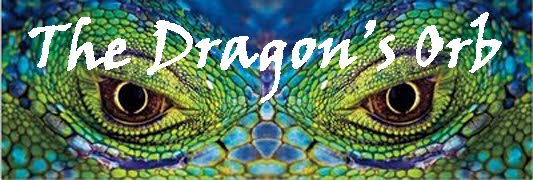I am guessing this paper comes from the Yamada line out of Europe. My other guess is that this dates from the early 1960s. Although these are complete guesses - I do have a pretty good record of Tomiki document guess work so far. I will edit as I learn more information.
The first thing to note is there are three major exercises. The Tandoku - meaning solo exercise. Then there is the Sotai - which is the paired exercises. Then there is the base techniques. At the time of this printing Tomiki Sensei had 20 techniques. Preious to this Tomiki's 15 had been what was practiced. This appears to be an evolutionary bridge between Tomiki's early 15 to the 17. In my mind this demonstrates that the meat and potatoes of the system has long been what I consider the big three - what in America we often call the walk, the releases and the 17.
There is a lot to process on for the Tomiki lineage historian. Notice this is labeled as a Judo kata. Aikido is not mentioned. There has long been talk that Tomiki Sensei had been trying to introduce aiki waza into the Kodokan. While he succeeded in doing that with the Goshin Jitsu kata, perhaps this paper shows his goal for a comphrensive system of aiki for the judo world. Along this same thinking - the old film of Tomiki sensei doing aikido is called Judo Taiso.
Lots to ponder. Of course these are all just leading up to randori.








